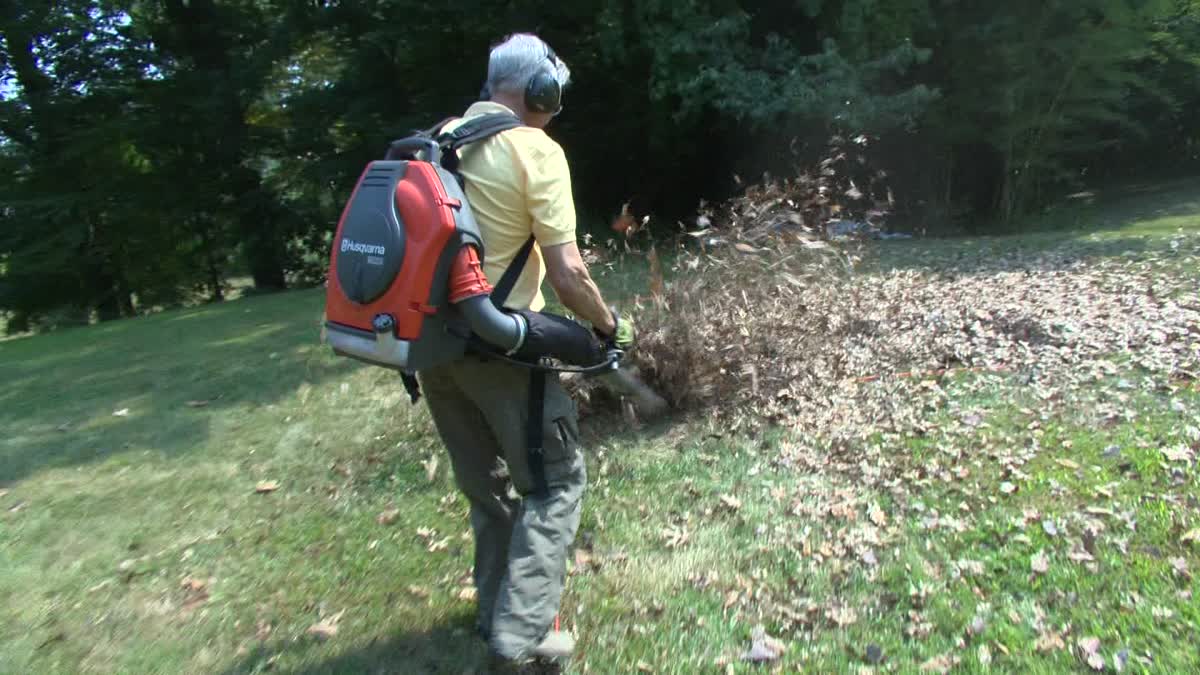Illinois railroad safety officials are becoming increasingly alarmed over a growing number of fatalities along the thousands of miles of railroad track which crisscross the state.
The Chicago region is the busiest rail hub in the United States, the center of some 7,400 miles of track in Illinois. The state has 7,615 crossings, second only to Texas.
On Tuesday morning, a pedestrian was killed by a Metra train in Glen Ellyn, the 63rd death in the state this year.
"What we have is an exposure problem in Illinois," said Chip Pew, a rail safety specialist with the Illinois Commerce Commission and the state coordinator of Operation Lifesaver. "Our trespass and suicide numbers are really at our yearly highs already."
Indeed, by the end of August those numbers for pedestrians had already surpassed all of 2018.
The United States has seen one success story: vehicle fatalities. From an average of about 1,600 in the sixties, a variety of safety and engineering programs have drastically reduced car-train collisions. There were only 155. Though still too many, it is an exponential increase in safety.
Local
Still, those fatalities involving people on foot are distressing to a rail-industry that concentrates so heavily on safety. Pedestrians involve the overwhelming majority -- 84% -- of deaths involving railroads in metropolitan Chicago.
On average, there is a rail-related fatality in Illinois every five to six days.
"If it’s a tie, the train ordinarily wins and it’s a horrible outcome,” says Marc Magliari, Amtrak’s Chicago spokesman. "If you fenced every mile, the fence would still stop each time a street or a sidewalk crosses the tracks."
Roughly half of pedestrian deaths are apparent suicides. It’s a troubling number which is largely not publicly discussed. Most news media have policies which prohibit reporting on suicides, meaning family members, law enforcement and passengers on stopped trains may be the only ones aware that such incidents have taken place. Many train stations now feature signs for suicide hotlines.
The remainder of pedestrian deaths are either at designated crossings, or classified as trespassers, who have made their way onto tracks in other areas. Nationally from 2012 to 2017, there were 2,732 pedestrian deaths at areas outside of crossings, an average of over 2,700 a year. Pedestrians at crossings constituted another 521 fatalities.
"We can be in the middle of nowhere and someone will pop out of the trees," says Metra engineer Jeff Klein. "And it’s like, where did they come from?"
Klein has been driving trains for 40 years and has seen way too many mishaps.
"Four or five pedestrians, at least half a dozen vehicles," he recalls. "Two semis!"
The ICC’s Pew believes public education is critical.
"We really need more buy-in from the people who are engaging in these activities," he said. "The people know right and wrong, they just don’t think it’s going to happen to me."
NBC 5 Investigates requested Metra near-miss logs dating back to 2017. Those logs document over 1,300 incidents reported by train engineers, involving attempted suicides, cars driving around gates, and adults and children on tracks.
"I’ve seen some pretty stupid things, yes!" says Klein, the Metra engineer. "Pedestrians who have earbuds in -- they have no idea that there’s a train behind them. As loud as I can whistle they still don’t hear it."
Railroad veterans will often note an old piece of advice: Trains can’t swerve to avoid disaster.
"There’s no steering wheel," Amtrak’s Magliari observes. "There’s no way for a train to stop on a dime. That’s hundreds and hundreds of tons of train in motion!"
Two years ago, the industry implemented a new initiative featuring blue signs at every pedestrian and vehicle crossing. Each has a toll-free number which will directly connect a caller to that railroad’s dispatch center, along with a unique identifier for that crossing.
"If somebody is stuck on the crossing, they call the number on the blue sign, and they give that railroad dispatcher the DOT number," says the ICC’s Pew. "We believe it’s a life sign. That it can save people's lives if they know what the information on there means, and how to use it."
In the meantime, as railroad safety week unfolds, veterans say they hope it causes those who find themselves near the rails to at least think about the consequences of poor decisions.
"What if they don’t make it, and what is going to be the implication on the people who expect them to come home?" Pew asked. "They aren’t getting a second chance. This is not going to end well."



